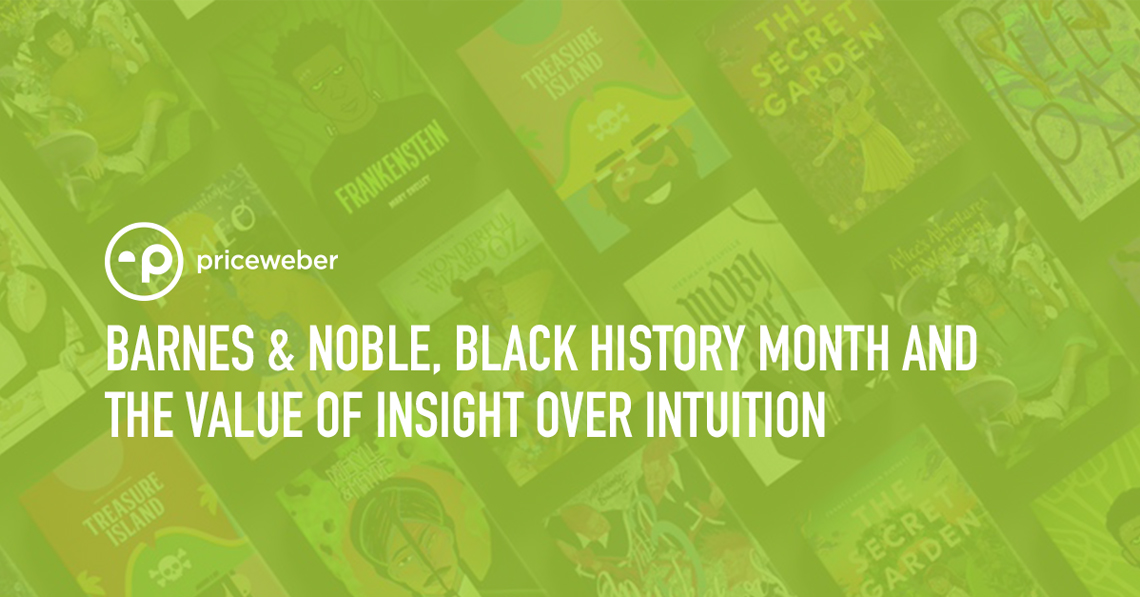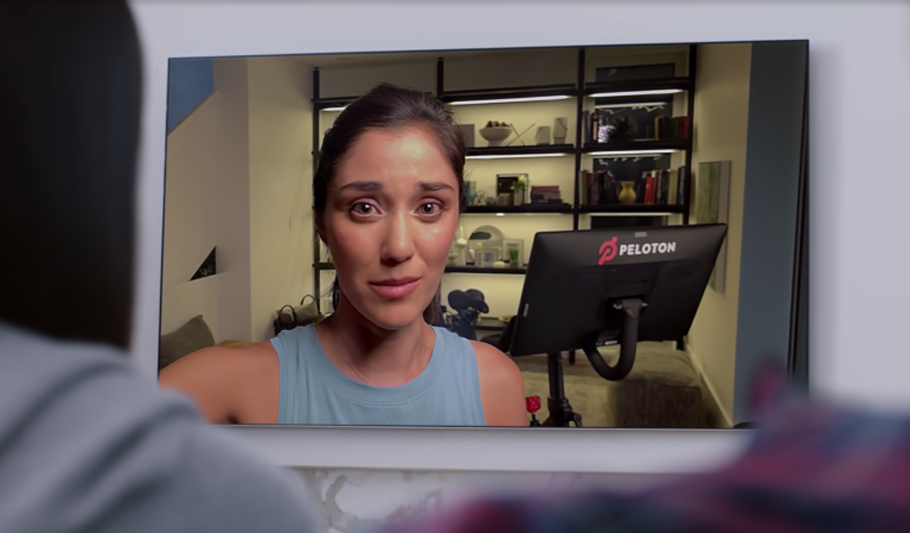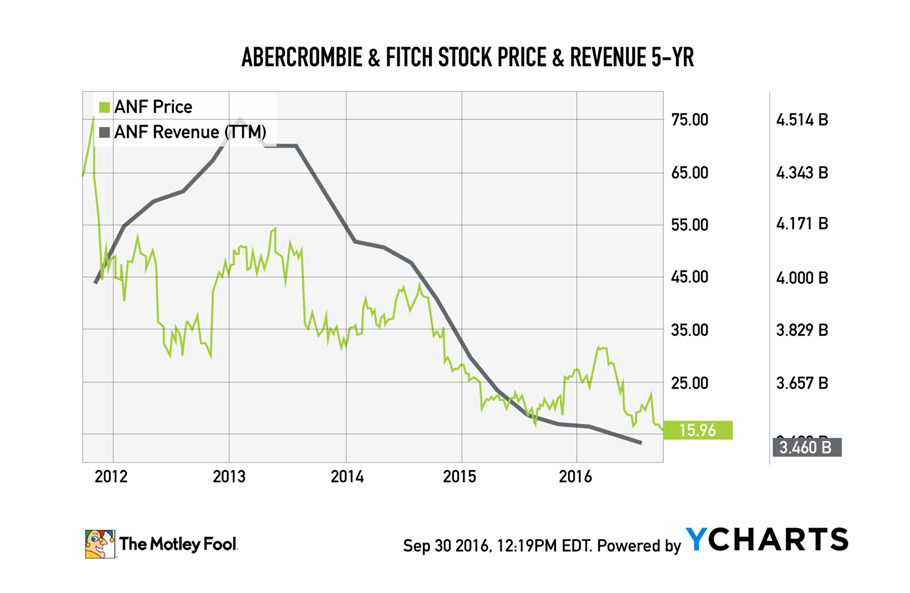Recent headlines regarding a planned (and abruptly cancelled) Barnes & Noble Black History Month promotion serve as a reminder that not all well-intentioned marketing ideas are worth doing. As marketing professionals with years of experience, we’ve all learned to trust, to some degree, that little voice inside our heads that tells us when we may have stumbled across an idea that could be genius. Intuition. Inspiration. The gap in time and space where the magic happens. Creatives in our industry thrive on honing their intuition to drive new ideas and break new creative ground. But in today’s highly fragmented and diverse customer universe, many brands have learned the hard way that intuition must be guided by real insight. In today’s “plain talk” article, we’ll noodle some cautionary instances where a well-written research and insight development plan could have saved brands a lot of money and heartache.
Barnes & Noble Black History Month “Diverse Editions” Promotion
In February 2020, just hours before Barnes & Noble was about to launch their Black History Month “Diverse Editions” promotion at their flagship store on 5th Avenue in New York, they pulled the plug. Diverse Editions was a bold initiative to reposition what are widely considered classic literary titles for black readers. The idea was to take titles like Herman Melville’s “Moby Dick,” Lewis Carroll’s “Alice’s Adventures in Wonderland,” Jane Austen’s “Emma,” Mary Shelley’s “Frankenstein” and others and re-jacket the books with new art that portrayed the main characters as people of color.
It doesn’t take much imagination to believe that this was a well-intentioned, if not well-informed effort. Barnes & Noble has in the past celebrated Black History Month and has promoted modern and classic works by authors including Frederick Douglass, Toni Morrison, Alex Haley, Chinua Achebe, Alice Walker and W.E.B. Du Bois, to name a few. So what went wrong with Diverse Editions? Simply put, the promotion was considered “tone deaf” by the very community it was supposed to honor.
Upon hearing about the upcoming promotion, literary scholars, cultural influencers and authors immediately took to social media, creating a firestorm of opposition. The problem? The books were almost exclusively written by white authors (Alexandre Dumas, author of “The Three Musketeers” and “The Count of Monte Cristo,” was a person of color as he was the grandson of a French-Haitian slave Marie-Cessette Dumas.) Further, the protagonists of the novels were also all white European or American characters. The re-jacketing of the book art was, in the eyes of protestors akin to recreating the books “in blackface,” a subject that has been a social hot button that has publicly impacted and shamed politicians, brands and celebrities.
On the planned launch day, Barnes & Noble realized their mistake and apologetically cancelled the promotion. The cost is assumed to include the destruction of thousands of promotional book jackets, lost sales and damage to the reputation of Barnes & Noble with people of color. But was this all avoidable? We suspect so. Other than the obvious social cues that have hammered the headlines in recent years, we suspect either no customer research or a flawed customer research methodology was behind the effort or possibly that the promise of short-term profit outweighed concerns about damage to the B&N brand — profit because all of the books to be published in the Diverse Editions promotion were outside of copyright restrictions, meaning there were no pesky authors to pay, and thus each book sale would be quite profitable.
This latter possibility outlines a problem seen increasingly by marketers — that of brand health and customer experience concerns being outweighed by the pursuit of short-term profit. While we expect the folks at Barnes & Noble are working with a PR crisis team to overcome the negative effects of this effort, we suspect well-designed consumer research and a consultative approach to testing the concept with consumers and cultural tastemakers within their audience could have helped the company build a healthier bottom line.
This is not to say that research is perfect. There are some pretty good examples of well-researched marketing plans that did not go well (see New Coke). It would also be unfair to say that Barnes & Noble is the only brand to fall victim to rushing an idea to market based only (or mostly) on intuition. Here are a few recent and classic examples from the archives:
Peloton Christmas Ad
What do you get when you combine Christmas, a $2,200 stationary exercise bike and a beautiful, completely fit young mom/wife who is the recipient of said pricey gift? The deep thud of disappointment. If the Peloton Christmas ad was targeted at active athletes, the concept may have worked, but the broadly delivered ad campaign led viewers to believe that the husband giving his wife a bike (ostensibly to stay fit?) was sexist at best and that it fostered cliché negative body image insecurities to boot.
In a tip of the hat to inspiration and intuition, it’s fair to say that Aviation Gin’s online commercial, “Driven to Drink,” using the same actress only a week after the Peloton commercial controversy broke, was inspired, if not entirely responsible.
Abercrombie & Fitch
Sometimes it’s not insight into your target consumer but to peripheral “influencers” that can be a miss in researching and planning campaigns. In the case of Abercrombie & Fitch, the wildly popular teen and young adult brand of the early 2000s, the super-sexualization of ads and products (including thong underwear for pre-teens) and racially insensitive graphic t-shirts didn’t seem to bother target teen customers as much as they infuriated parents. This was of course calculated as A&F worked to build a brand that excluded all but the “cool kids.”
Throughout this period, A&F’s antics generated parent protests and boycotts while sales and shareholder value began a steep slide. By 2014, the perils of this path could no longer be ignored, and A&F began to institute changes in the store experience, product lines and advertising. This is a case of a brand who had succeeded so well that they failed to invest in long-view research that could have helped them know that what worked yesterday was not going to work tomorrow.
This has been a classic Achille’s heal of many famous brands in the past — anyone remember Blockbuster Video? The idea that there’s nothing to learn through research and risk assessment during the good times can sometimes lead brands down the path to hard times. Ironically, it’s when times are good and brands have easier access to funds for things like research and insight development that they fail to invest in the insight that could save their company from harm that’s just over the horizon.
Pepsi Protest
Sometimes it’s not so much the insight as it is the execution that causes headaches for brands. In 2017, Pepsi had a clear bead on the insight that young people were becoming considerably more aware and willing to stand together for a cause. In fact, 2017 was arguably shaping up to be “the year of the protest,” with over 4,200 protests in the US alone for groups promoting everything from environmental causes to women’s rights and racial justice. There was definitely something there that could be mined by a brand as pervasive and respected as Pepsi. So the brand recruited reality TV and social media superstar Kendall Jenner, a half a gagillion extras and filmed the short film/ad “Live for Now.”
In this now well-known ad, Kendall Jenner finishes a modeling shoot and heads out into the street where a protest is brewing. As she weaves her way through the crowd towards a line of police officers, she reaches out and offers a Pepsi to one who accepts. The crowd cheers and all is right in the world as a delicious Pepsi helps heal a tense standoff. It’s current, relevant, beautifully shot, multicultural, inclusive and makes the product the hero — perfect right?
That’s not how it was viewed. In fact, as the spot began to air online the reaction was almost instantly negative. The miss for consumers was that they felt like Pepsi was “using” serious issues in the real world, like Black Lives Matter, in an inauthentic and even offensive way to sell soda. Comparisons between the spot and a tense standoff between a real protestor and police (above) were drawn as well. This reaction reflected recent changes in social sensitivities that Pepsi had not anticipated. In fact, just 10 years earlier, Absolut Vodka had run a protest spot that was well received by consumers. So even though Pepsi had tapped into a relevant social current, their execution fell flat, and the commercial was pulled just one day after it launched.
Nobody’s Perfect
It’s important to note, that by calling out these examples of some really great brands, the intention is to be clear: really any brand can make a mistake. Promotion calendars, sales goals, budgets, the drive to be first and genuine inspiration often conspire to overcome our instincts to turn data we may have at our fingertips into useful insights that can keep us on course and drive innovation. So what are the best ways to get and use insight?
Data Inventory
First take inventory of the sources of actionable intel you may have and coordinate them — everything from customer reviews to PR monitoring, social listening, sales and competitive data, attribution models, custom research and staff feedback. It’s all potentially actionable and many companies face challenges in compiling that information because of departmental silos. Break those down. We find that most clients do not suffer from a lack of data; rather they suffer from not using it properly. This is often a brand’s greatest unused asset.
Be Objective About Your Objectivity
Nobody in the history of ever liked to look at their work and see potential failure lurking. Be honest with yourself. If you don’t think you can be completely objective about how you’re looking at and analyzing your data sources, hire a brutally honest (but, you know, polite) third party to do it for you. When you outsource analysis and insight generation, you’ve hired someone who will look for threats and opportunities, not just tell you how awesome you are. And there’s real value in that. If you find yourself rationalizing things you can’t explain in a sales downturn, this advice is for you.
Test
With the amazing, cheap technology available for message and concept testing today, there’s really no excuse to go to market with an idea and just cross your fingers. Rather than setting up testing from scratch every time, consider creating a testing methodology that all of your stakeholders can buy into. Investing a little time and treasure into building a testing protocol in advance means that even on tight timelines, you’ll have this tool available as a stopgap from potential problems.
At PriceWeber, we’re data and insight geeks, so if you’d like to discuss any of the thoughts here or have any questions about how you can squeeze more out of your available data sources, please give us a call at 502-499-4209 or you can also contact us here.






